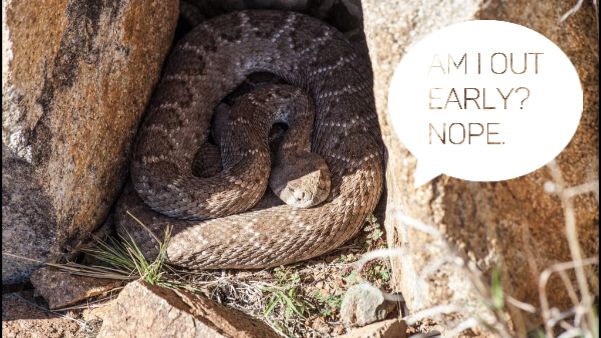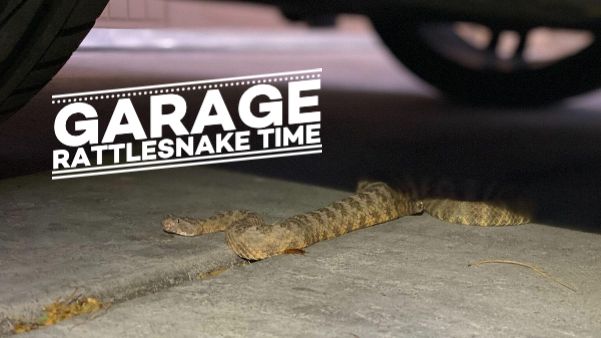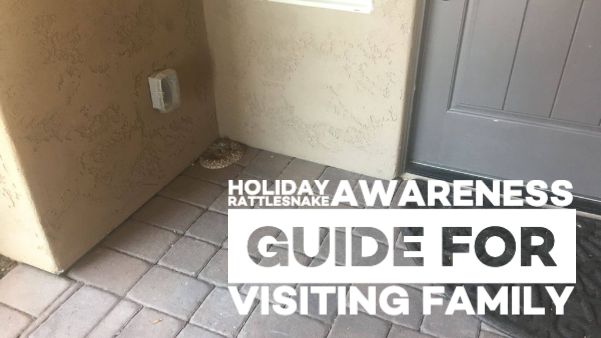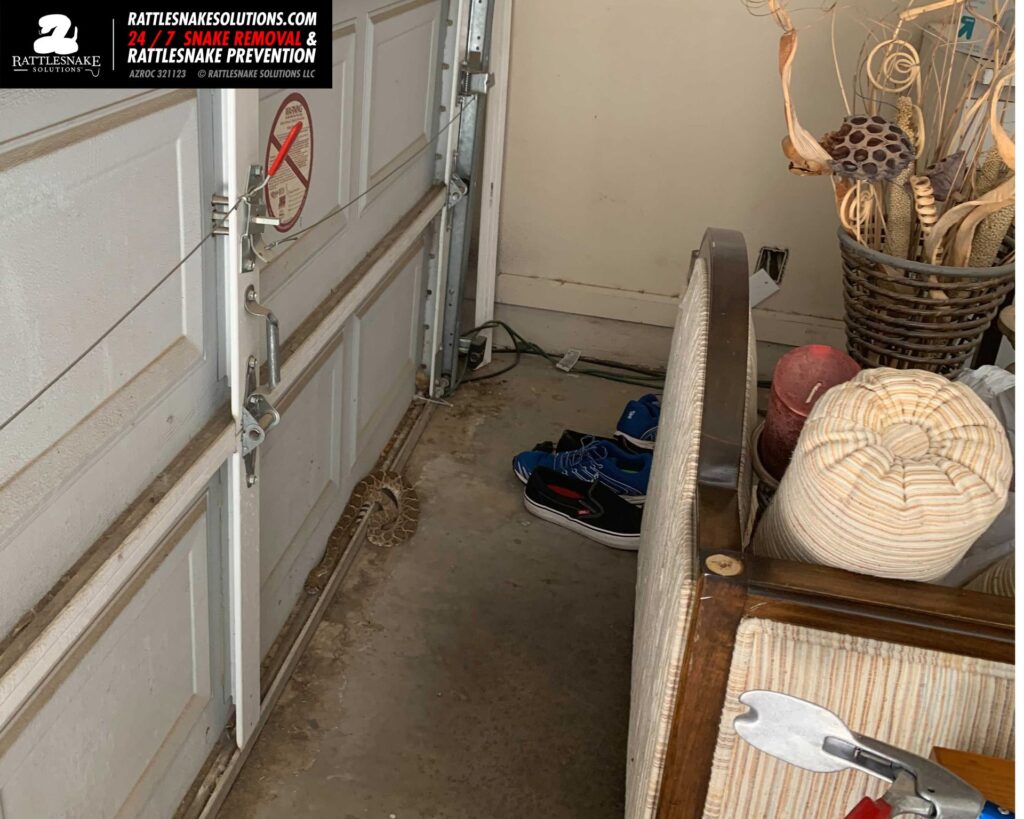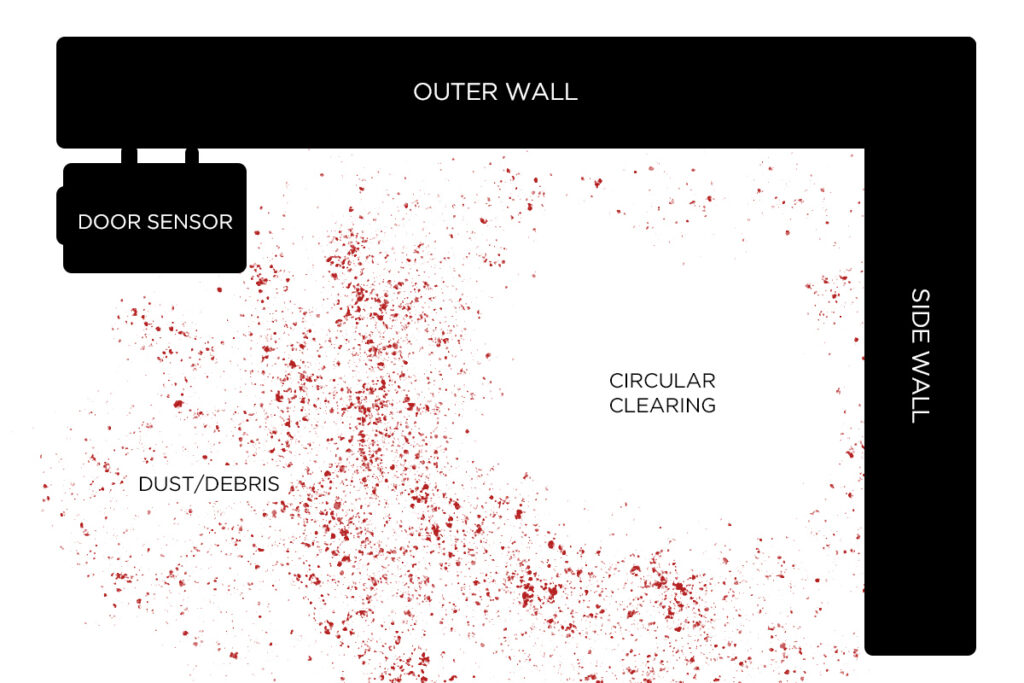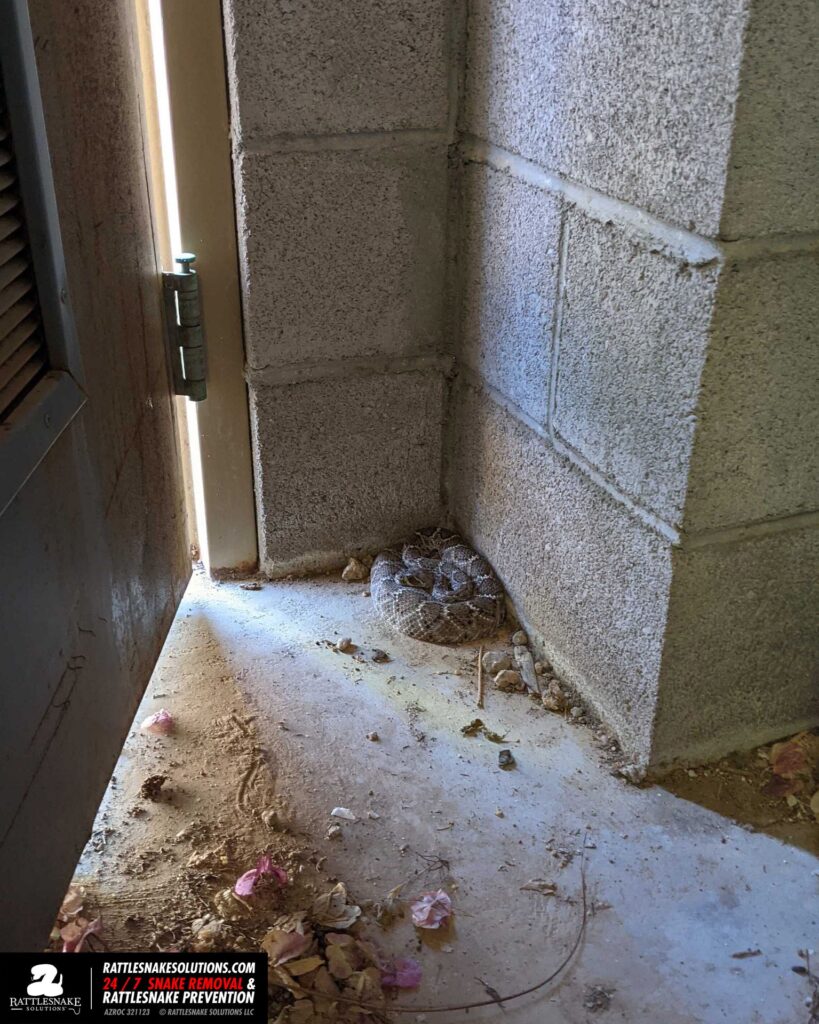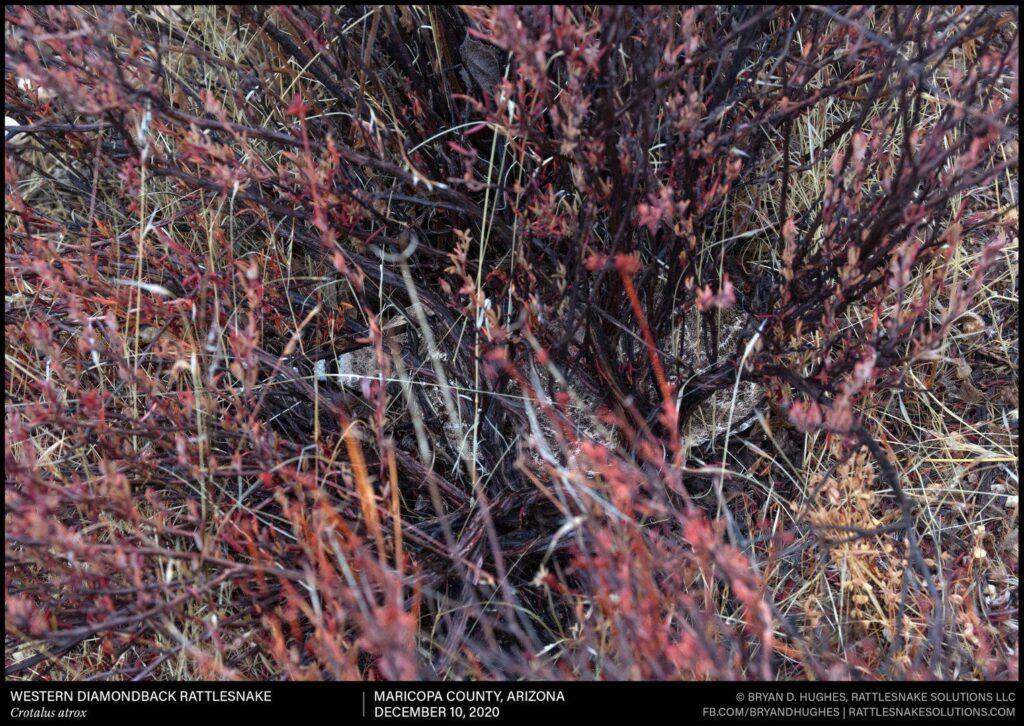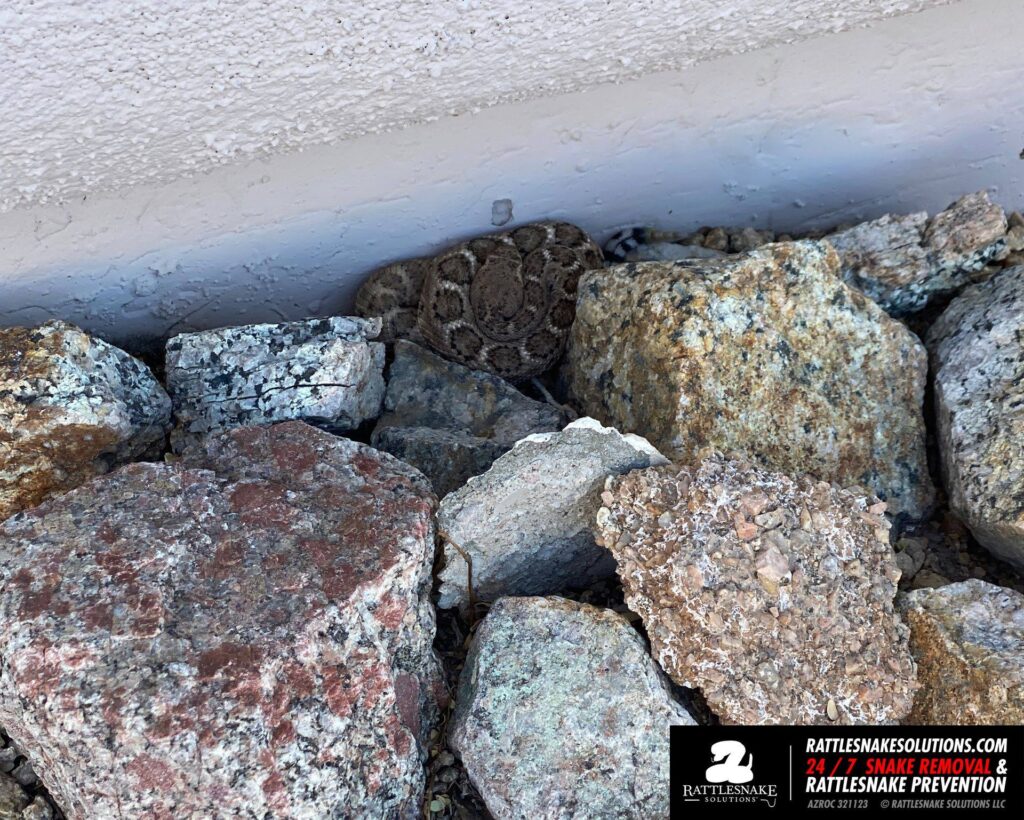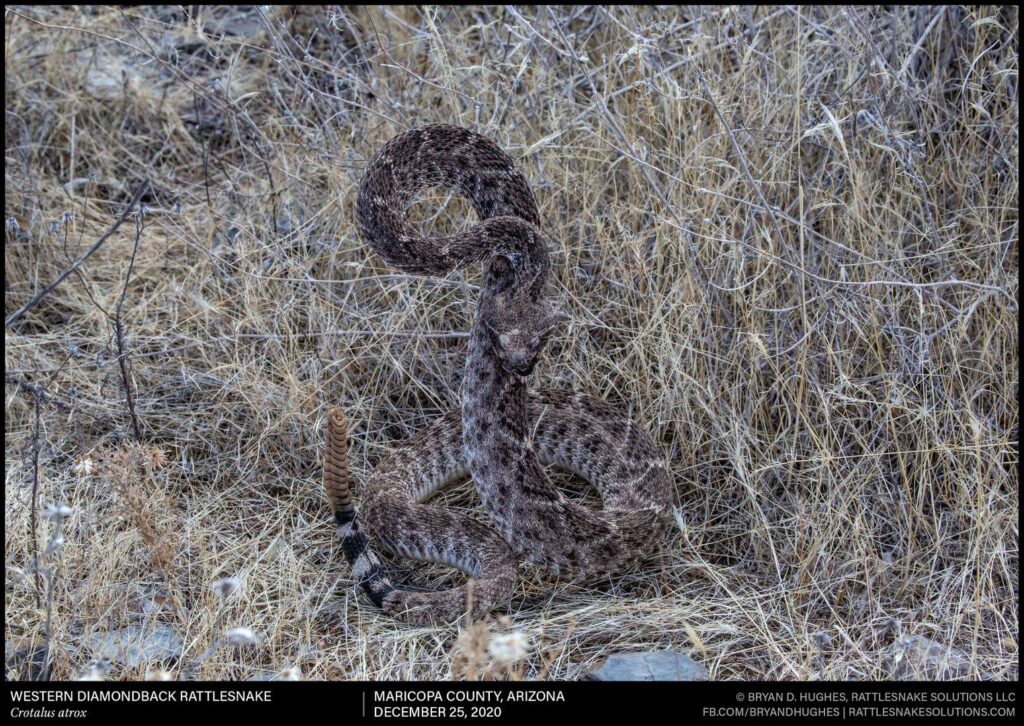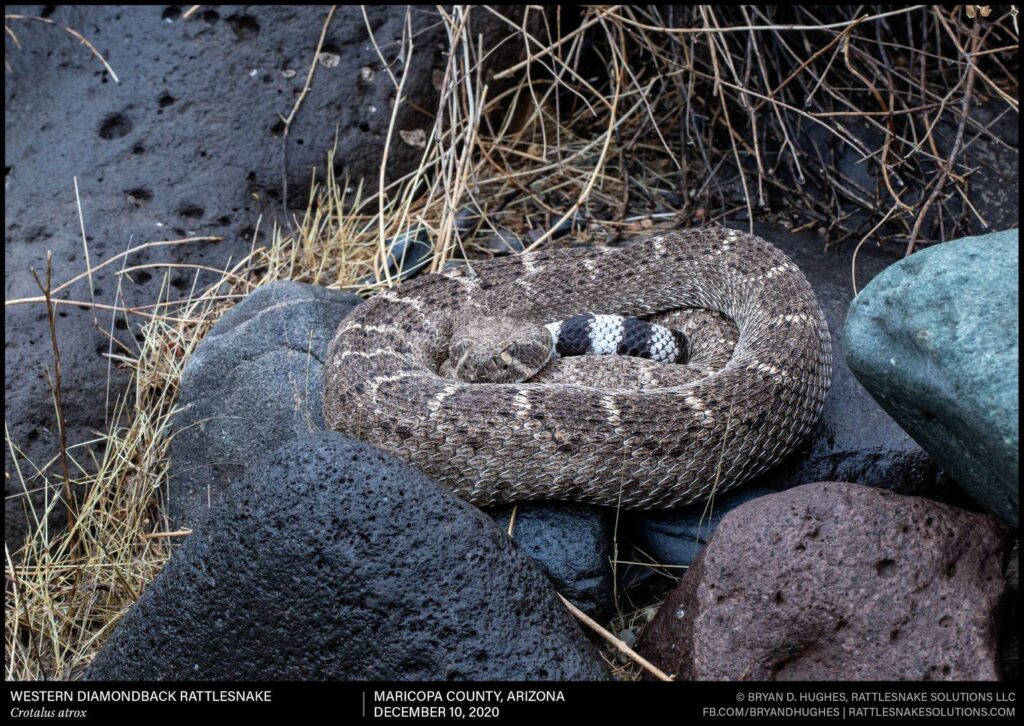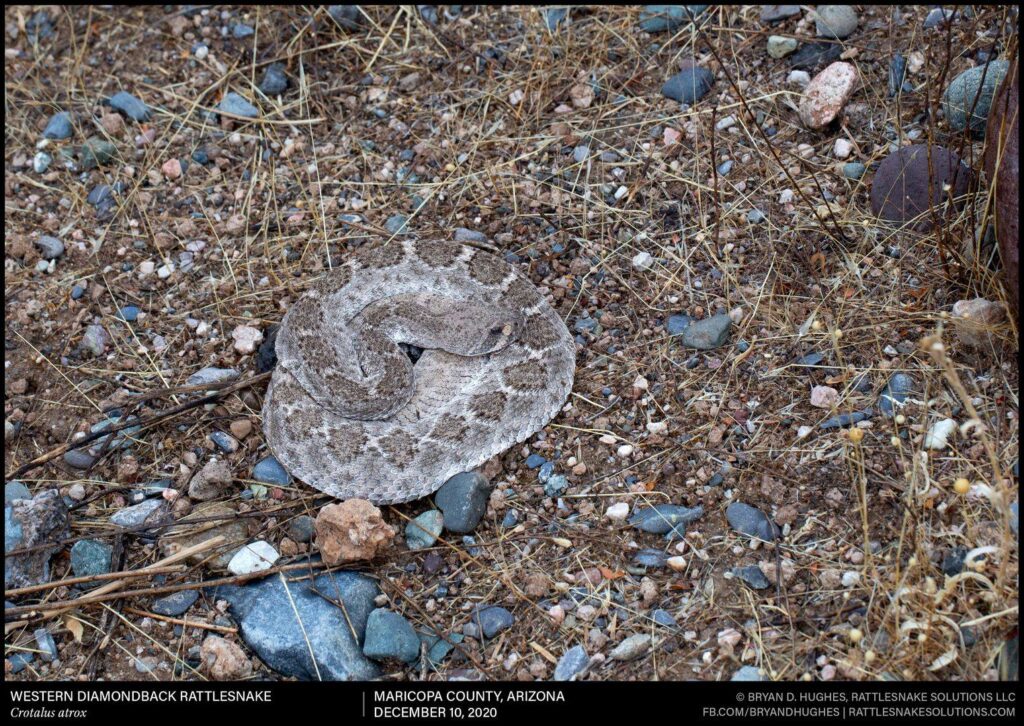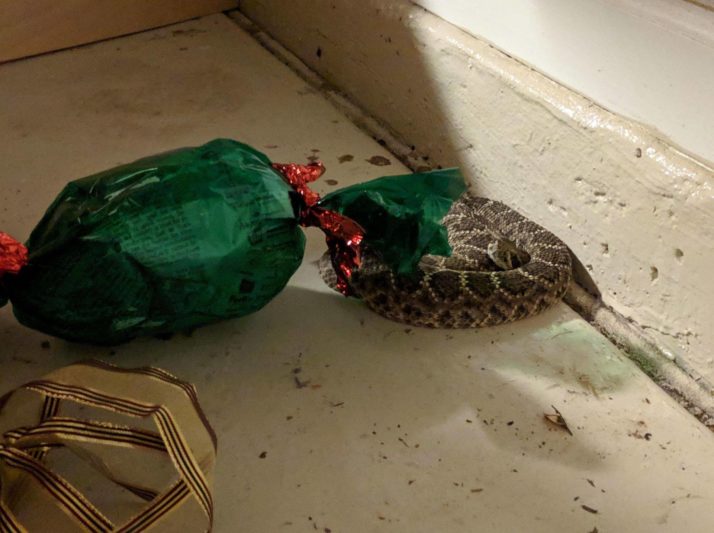In the past few days, I’ve been to a multiple homes to catch rattlesnakes in garages. That’s normal and right on time. Which brings up the topic: when do rattlesnakes start moving again, and what should homeowners expect?
When will rattlesnakes come back? Our predictions, based on 11 years of relocation hotline activity:
Early February (you are here): Rattlesnakes will start to “stage”, or move closer to the entrance of, their winter dens. We will start to receive calls to remove small groups of rattlesnakes from garages, storage closets, sheds, and other out-of-the-way structures. Rattlesnake removal calls will frequently be multiple animals.
Late February: Rattlesnakes will start to appear out in the open near their selected dens. Garage removals will be more common. However, there will be an increase of calls to pool pumps, courtyards, and homes with rip rap and rock pile erosion control.
Early March: Snakes will start to make short movements from dens to hunt, drink, and engage in social behavior. They will be highly visible on the surface with peak activity occurring mid-morning before returning to the den or other nearby staging area. Mating activity is high, and multiple snake removal calls will be common.
Late March: Rattlesnake sightings will become common as they leave dens entirely. Peak activity will be between 3pm and 5pm.
April: Very high rattlesnake activity and sightings will be common. At this point they have entirely left the dens and sightings are more likely to be random encounters.
New! Rattlesnake Activity Forecast
We have a brand new Rattlesnake Activity Forecast tool! It’s based on real-time snake removal hotline activity. You can also check your zip code to see what kind of activity has happened in your area in the past.
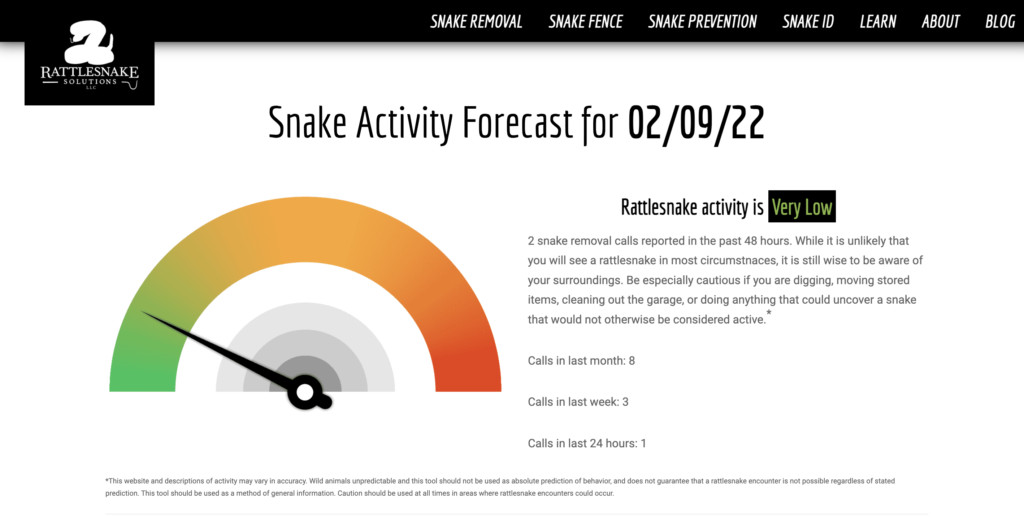
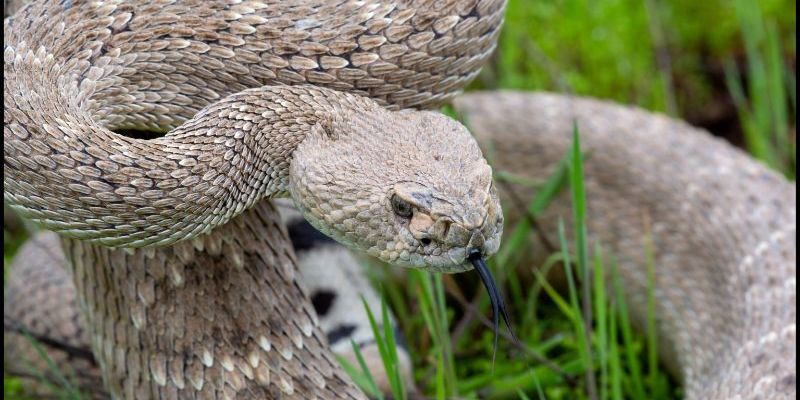
Other good rattlesnake safety stuff to keep in mind:
- Don’t worry. This is totally normal, even February sightings (don’t listen to the local news about “coming out early” stories).
- If you’re a hiker or outdoorsy type, you’re still not likely to see a rattlesnake in February. Be more watchful and aware in March, however.
- Now is the best time to get to any maintenance or prevention activities you have on your to-do list. Landscaping, debris removal, fixing the snake fence, having the dog trained … get it done before the snakes show up.
- Rattlesnakes often den in the garage. If you are using these last mild-weather days to get to “that” side of the garage, use extra caution.
Educating yourself is the best way to stay safe and feel better about the whole situation
As with most things, fear of rattlesnakes is mostly in our heads. Not the fear itself of course, that’s a real thing, but most of what we believe about rattlesnakes as a culture is simply false. Down to the idea that they are aggressive, or territorial (in the way that people use the word) and more, most of us just haven’t had an opportunity to learn factual information.
If you fear rattlesnakes, spend an afternoon going through these resources and watch what happens 🙂

Videos of early-spring rattlesnake captures and info:
More articles about making peace with rattlesnakes this spring:
The spring emergence of rattlesnakes is a big topic with homeowners and hikers – obviously we’ve discussed this in the past quite a lot! Here are some of those articles that can help make sense of it all.

